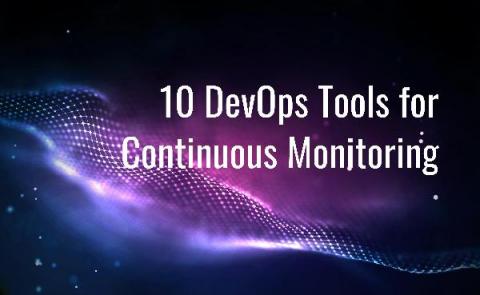10 DevOps Tools for Continuous Monitoring
DevOps has become the dominant software development and deployment methodology over the past decade. In Atlassian’s DevOps Trends Survey, over half of the respondents said that their organizations had a dedicated DevOps team and 99% of respondents indicated that DevOps had a positive impact on their organization. In addition to DevOps teams, many have implemented Platform Engineering as a discipline, or designing technology platforms as a foundation for developers to build and deploy applications.











